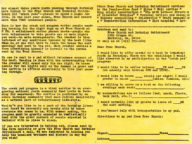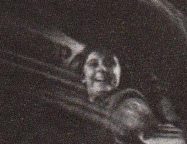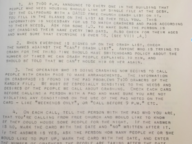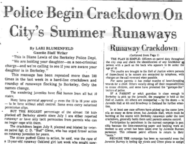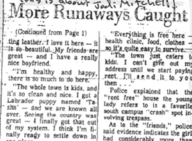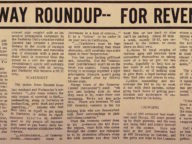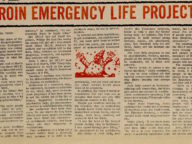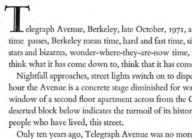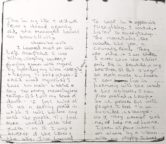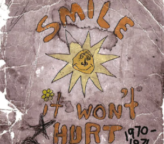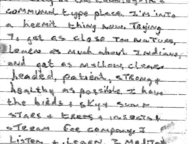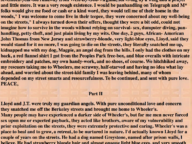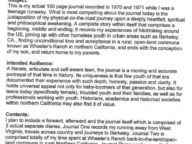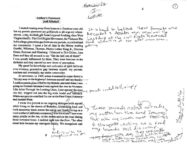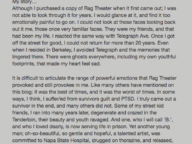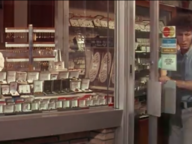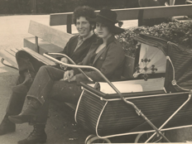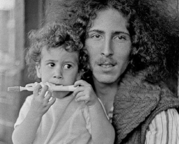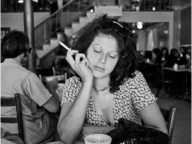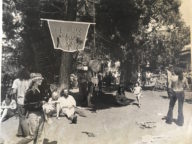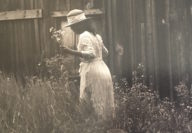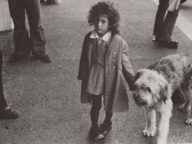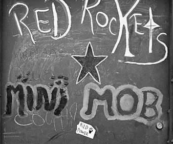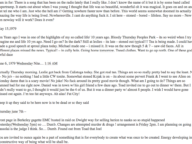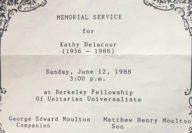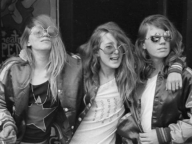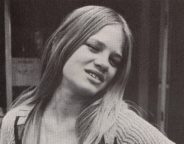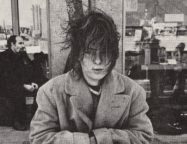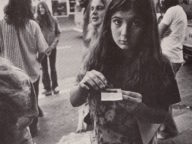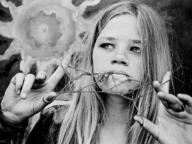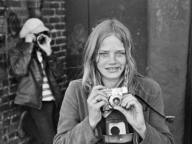The Women and Girls of Telegraph Ave
Telegraph Avenue meant many things to the women and girls who lived around it in the late-’60s and ’70s. To a teenage runaway from a working-class family in West Virginia, it was a shot at finding home. To a young girl protected by two stable parents living in Berkeley, it served as a spirited playground. To a troubled daughter of the Free Speech Movement, it offered a sense of belonging, albeit to a community made hard-edged by drugs and desperation.
Though the movement for Women’s Liberation was a larger backdrop to the women and girls of Telegraph Avenue, they generally did not participate in this culture of self-conscious ‘liberation’. Instead, while sampling some freedoms, they found themselves prey to forms of abuse and exploitation, and subject to the ambient sexism of the era. The noted writer Denis Johnson—who lived and scavenged around Telegraph Avenue in 1973—recalled that “Women were always greeted as follows: ‘Hey, what’s happening, got an old man?’ If they had no old man, you then said, ‘Wanna ball?,’ or ‘Wanna get high?'”
Women made the Avenue their home for a variety of reasons, and these strongly shaped their experience there. Some came to the Avenue after escaping unsafe households; many had been victims of sexual abuse. Others came to the city to attend UC Berkeley and found their social circles on the street. Still others were attracted to what they perceived as a glamorous hippie movement born of the 1960s: some young women with economic means flocked to Berkeley to spend a summer away from suburban lives that seemed stale by comparison.
A good deal has been written about the pioneering female Berkeley undergraduates and graduate students who fought for equal treatment on campus and were inspired by a vision of Women’s Liberation. Likewise popular culture remembers the relatively carefree lives of women who summered in Berkeley without having to worry where their next meal would come from.
We focus here, then, on the women whose stories remain untold — the women who were driven to Berkeley because they were unsafe in their home environments; the women whose homes were wherever they could find a place to “crash”; the women whose bodies served as their means of survival.
We highlight the stories of three women in particular. Each story has its own shape.
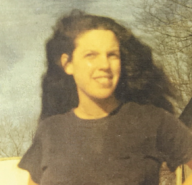 Jodi Mitchell—a self-described “shy, bookish girl”—began trying to run away from her home in West Virginia at the age of 14. In 1969, at the age of 17, she “just opened the door one day, stepped out into the big wide world, and vanished.” She came to Berkeley on that journey of self-discovery and, unusually, escaped the pull of its streets. She kept her diaries from her time on the street and at a commune afterward, and they are rich documents that speak to the material and spiritual vicissitudes of her journey.
Jodi Mitchell—a self-described “shy, bookish girl”—began trying to run away from her home in West Virginia at the age of 14. In 1969, at the age of 17, she “just opened the door one day, stepped out into the big wide world, and vanished.” She came to Berkeley on that journey of self-discovery and, unusually, escaped the pull of its streets. She kept her diaries from her time on the street and at a commune afterward, and they are rich documents that speak to the material and spiritual vicissitudes of her journey.
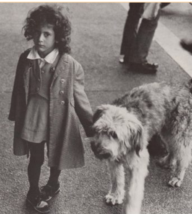 Rachel Krech (now Marinos) was raised on and around Telegraph Avenue, the young child of a couple who were identified with its scene and who themselves came from more stable backgrounds. (Rachel’s father was raised in a Cal faculty family, her mother in a military family.) The first eight years of Rachel’s life were full of carefree play in the vibrant street scene that came to define the Avenue in the popular imagination.
Rachel Krech (now Marinos) was raised on and around Telegraph Avenue, the young child of a couple who were identified with its scene and who themselves came from more stable backgrounds. (Rachel’s father was raised in a Cal faculty family, her mother in a military family.) The first eight years of Rachel’s life were full of carefree play in the vibrant street scene that came to define the Avenue in the popular imagination.
 The abbreviated life of Kathy Delacour illustrates a darker side of the street. It offers one of many stories of the difficulties that shadowed girls who had few resources — such as education or economic means — to protect them from the street’s desperation and dangers. A charismatic presence on the Avenue, Delacour passed away from a drug-related incident at age 31. Selections from her diary— a less hopeful document than Jodi Mitchell’s—are also featured on this site.
The abbreviated life of Kathy Delacour illustrates a darker side of the street. It offers one of many stories of the difficulties that shadowed girls who had few resources — such as education or economic means — to protect them from the street’s desperation and dangers. A charismatic presence on the Avenue, Delacour passed away from a drug-related incident at age 31. Selections from her diary— a less hopeful document than Jodi Mitchell’s—are also featured on this site.
A gallery of images, from photographer Nacio Jan Brown‘s “Rag Theater” project, fills out the larger story by suggesting how girls and women fashioned a sense of themselves on the Ave even as they were subject to harsher, often exploitative forces.
— Madeline Appel and Sally Littlefield
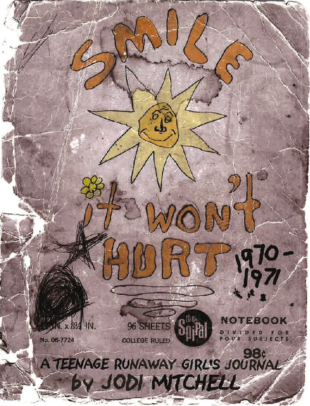
The cover of Jodi Mitchell's 1970 diary, a 'teenage runaway girl's journal'
